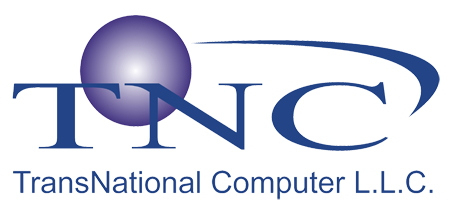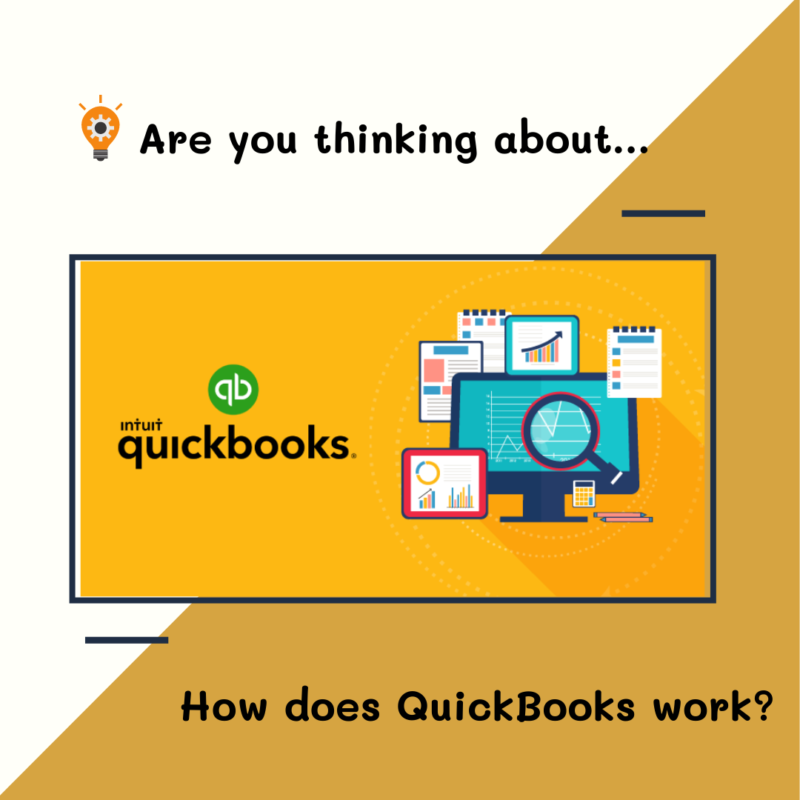Blog & Updates, Recently Added
How does QuickBooks actually work?
QuickBooks accounting software provides tools to manage your customers, vendors, clients, inventory and finances. The Report Center provides a method of tracking aspects of your business, including sales, income, expenses and overall company growth. QuickBooks automates many aspects of managing your business by calculating sales tax, tracking products and automatically updating transactions in your register, customer and vendor areas.
Chart of Accounts
The Chart of Accounts contains your organization’s budgetary data. Checking, reserve funds, profit, money due, and monetary records show up inside the Chart of Account list. Record adjusts and other data, including account numbers and contact subtleties, show up inside every individual record’s window. The rundown of records shows up under the Lists menu in the Chart of Accounts. For the most part, erasing a record ought to be kept away from; rather, make the record dormant to give the increasingly exact following. QuickBooks makes a few suggested accounts dependent on your business type.
Vendor, Customer and Item Lists
The Chart of Accounts contains your organization’s budgetary data. Checking, reserve funds, profit, money due and monetary records show up inside the Chart of Account list. Record adjusts and other data, including account numbers and contact subtleties, show up inside every individual record’s window. The rundown of records shows up under the Lists menu in the Chart of Accounts. For the most part, erasing a record ought to be kept away from; rather, make the record dormant to give increasingly exact following. QuickBooks makes a few suggested accounts dependent on your business type.
Reports
Making itemized reports necessitates that you precisely enter your client, seller and thing subtleties. When you run a report, alter the report to channel data by a particular client, merchant, thing, exchange date or show past due installments and other significant data. When you run a report, add it to your retained or most loved report list for future access. A rundown of pre-arranged reports shows up inside the Reports drop-down menu. The Profit and Loss report gives organizations one of the most regularly utilized reports.
Payroll
Finance gives the ability to oversee checks, pay liabilities and set yearly cutoff points on specific installments, for example, tips or get-away compensation. Deal with laborers’ pay, charge excluded representatives and tax documents inside the Payroll Center. For a month to month expense, QuickBooks offers a support that gives online finance alternatives to send direct store and email receipts of installments. Allot finance authorizations to explicit clients in case you’re utilizing a multi-client QuickBooks account arrangement. Moreover, alter data from the Employee Center to include extra derivations, tips and other representative explicit subtleties.
Billing and Invoices
QuickBooks gives two kinds of proclamations – Billing and Invoice articulations. Charging proclamations charge a client with charges over some undefined time frame – for instance, a development organization with charges that aggregate more than a while as materials and different costs develop. Charging articulations get recorded in a unique register called the Customer Register. Receipt explanations work best for things bought and paid for in a solitary exchange and don’t collect after some time. For example, a book shop that arranges a book for a client may give a receipt payable after requesting or receipt of the book.

